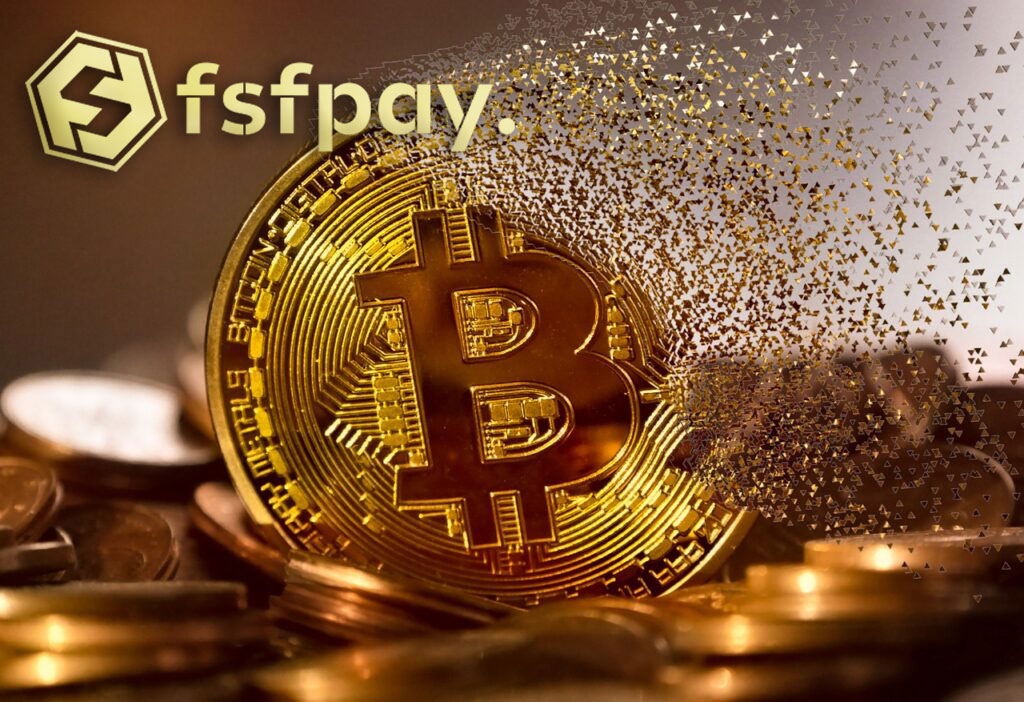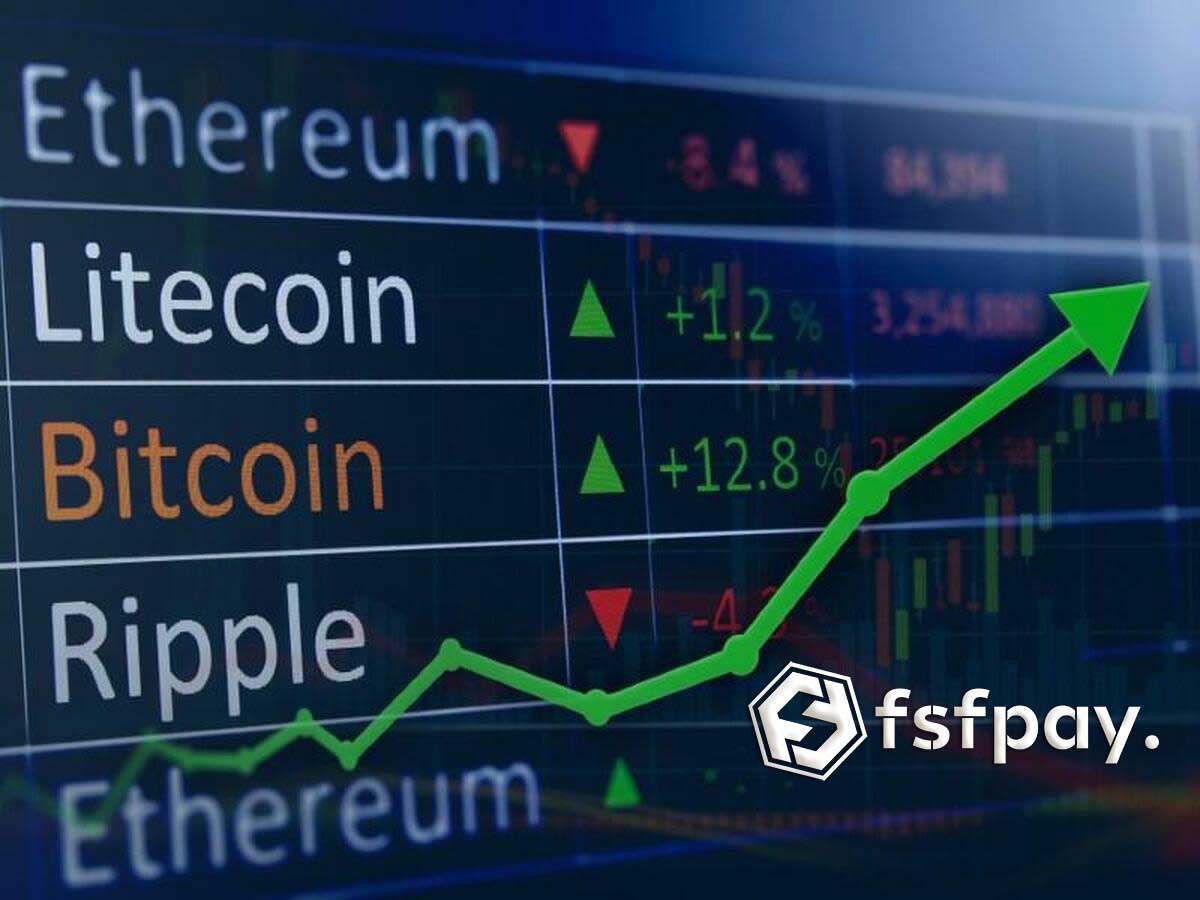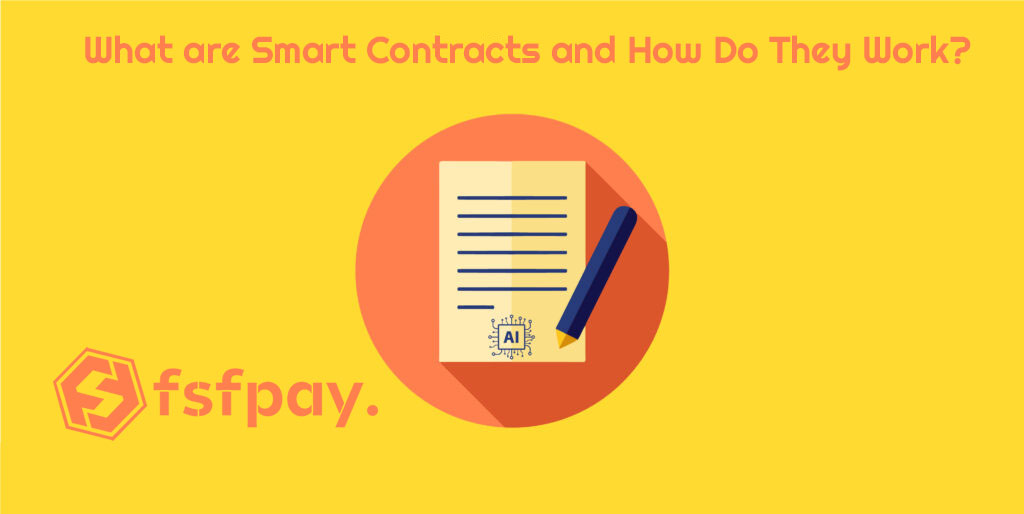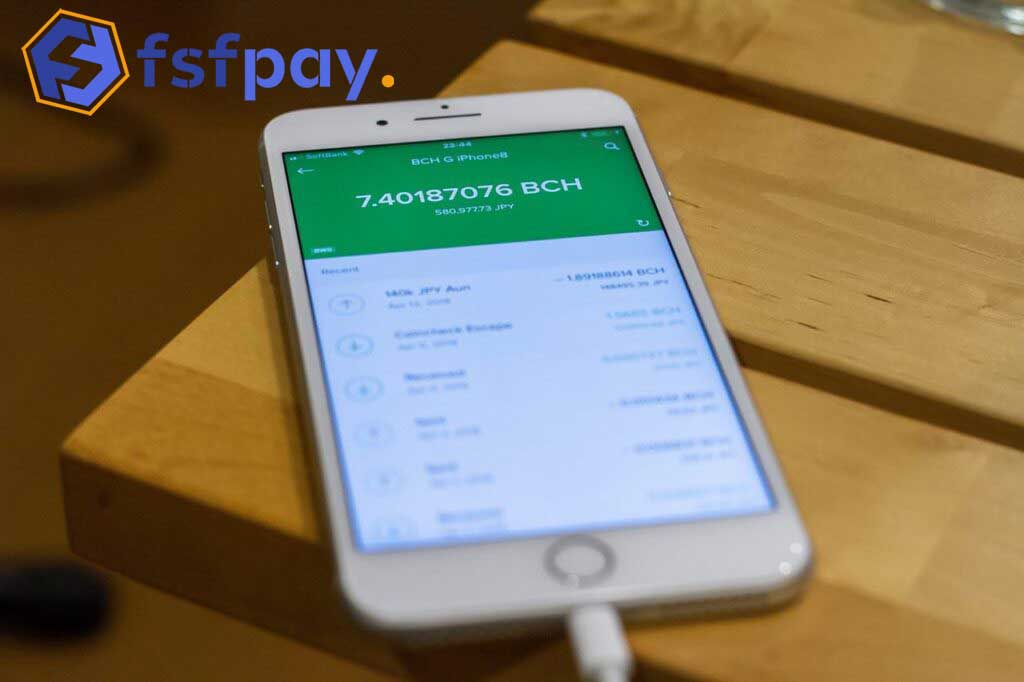

What is the Coin Burning Process?
What is coin burning; "Coin Burning", which is quite common in the cryptocurrency system, means that a certain part of the crypto coins in hand is permanently removed from circulation. This method, which is mostly applied by the developers of the coin, some of the existing tokens are "burned", that is, they are deliberately removed from circulation.
So why is coin burning done; there is more than one reason for this question, but the most common reason for use is to create deflation, that is, to increase the unit price. Coin burning is a practice that belongs to cryptocurrency as a whole. "Burning" does not occur in traditional currencies. There are different financial practices followed by central banks to balance the exchange rate. The process of burning coins, by analogy, is similar to public companies buying back their shares from their investors. In this method, the value can be increased by reducing the amount of paper available. "Coin burn" can be applied not only to increase the unit price, but also for different purposes.
How Is Coin Burning Done?
The coins created cannot be destroyed, but they can be rendered unusable. In order to do this, it is sufficient to send the coins to an irreversible address. There are "eater addresses", that is, irrevocable addresses, to prevent the use of coins and to ensure that they are completely out of circulation. Coins sent to this address without private key information cannot be accessed again.
Why is Coin Burning Necessary?
Regardless of how and in what form it is carried out, coin burning is a deflationary mechanism. Most projects do it to provide a steady increase in value and incentivise traders to hold on to their coins. The first thing that comes to mind is to increase the value of each coin by reducing the available supply. Theoretically, it is assumed that the less money in circulation, the more each token is worth. For this reason, most cryptocurrencies, especially Bitcoin, have limited supply.
Projects can fictitiously increase or decrease the supply of tokens like opening a tap. In this way, it stabilises the price, Binance's periodic burning process is an example of this, as is ICOs burning their tokens when the project is completed. In some cases, token burning is also used for error correction. In some projects, coins are burned to avoid unwanted transactions and to create a layer of security. For example, Ripple charges a fee for each transaction and burns them to protect the system against overload and DDoS attacks.
Random Post

How to Start the Cryptocu...
There are important points to consider before deciding to invest in the cryptocurrency market. Cryptocurrencies are highly volatile and involve risks, so you need to act respons...

What are Smart Contracts ...
The foundations of Smart Contracts were laid by Nick Szabo in 1993. Szabo programmed the information in traditional written contracts, such as the information of the parties, th...

Bitcoin Cash (BCH) Can Be...
With the new service provided by Bitcoin.com, Bitcoin Cash holders will be able to send BCH to anyone they want via e-mail. Roger Ver, founder of Bitcoin.com, said in his statem...

